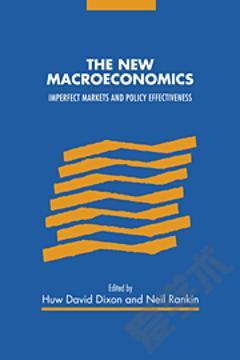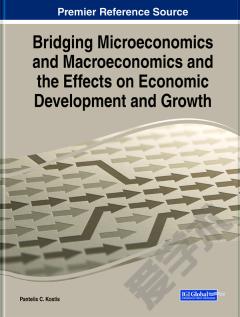Stock Markets: Emergence, Macroeconomic Factors and Recent Developments
Much effort has gone into the study of financial markets and how prices vary with time. The usual approach of random walk is known to be inadequate to fully describe price dynamics. In this book, many different approaches are provided that use alternative and more adequate models. This book also examines the renewal theory in actuarial science. A simple actuarial model can be simulated well by means of this kind of stochastic process. A method dealing with the numerical solution of the renewal equation is presented. In addition, based on a theoretical model for opinion spreading on a network, through avalanches, the effect of external field is now considered, by using methods from non-equilibrium statistical mechanics. Furthermore, it is evident that the 2008-US sub-prime mortgage crisis broadly affected international financial markets. The crisis’s magnitude impacted on Asian financial markets has not had much attention. To fill this gap, the authors examine changes in dependence structures between the US market and Asian financial markets before and after the crisis. The effect of optimal fiscal rules within a stochastic model of Keynesian type in the context of Poole (1970) analysis is derived. The authors extend the original Poole results concerning the output stabilization properties of monetary policy to the case of fiscal policy. Different stochastic models based on a semi-Markov chains approach are used to study the high frequency price dynamics of traded stocks. The authors show that the models are able to reproduce important stylized facts of financial time series as the persistence of volatility. Finally, a new multi-agent model of the stock market is formulated that contains four states in which the agents may be located.
{{comment.content}}








 京公网安备 11010802027623号
京公网安备 11010802027623号